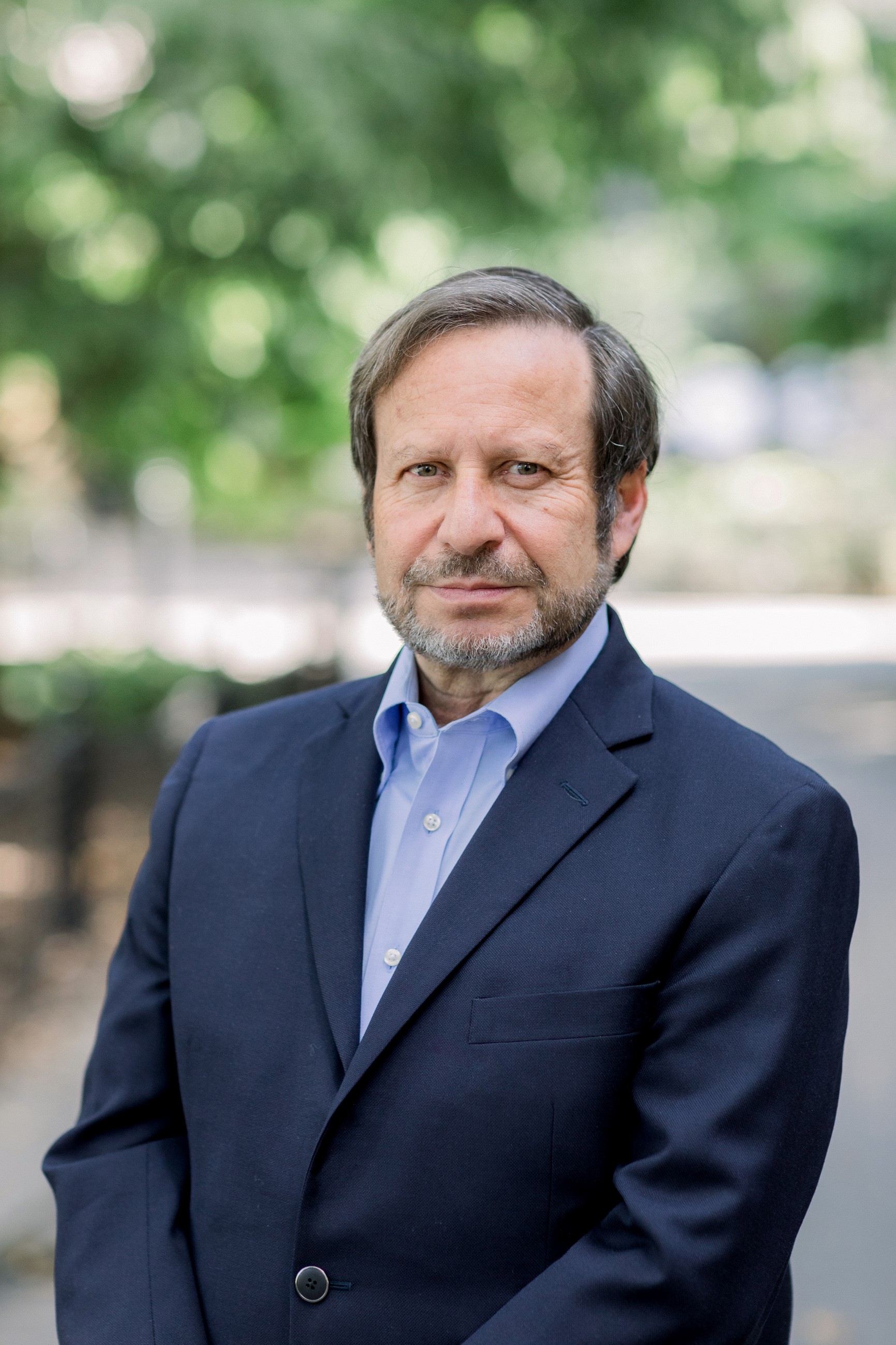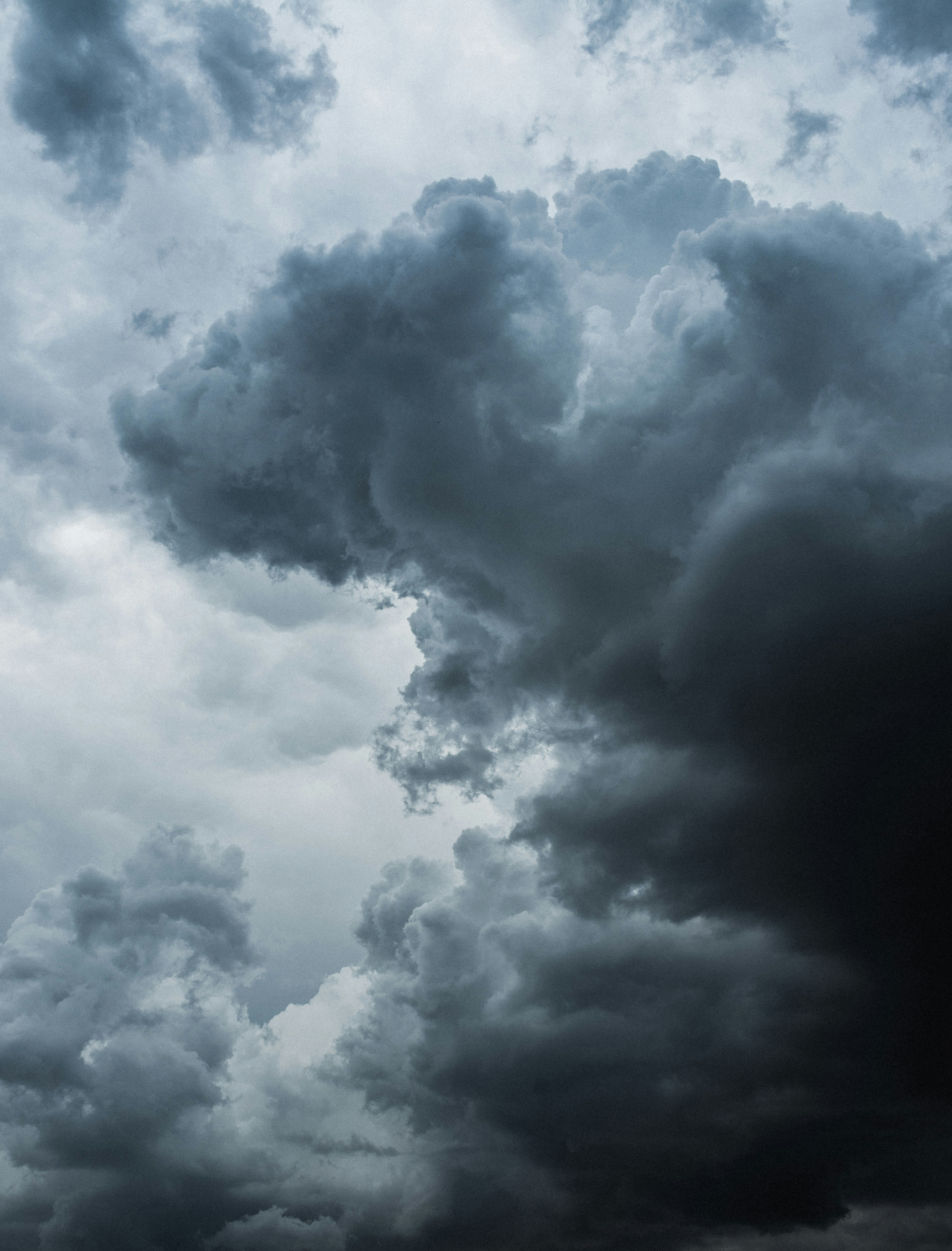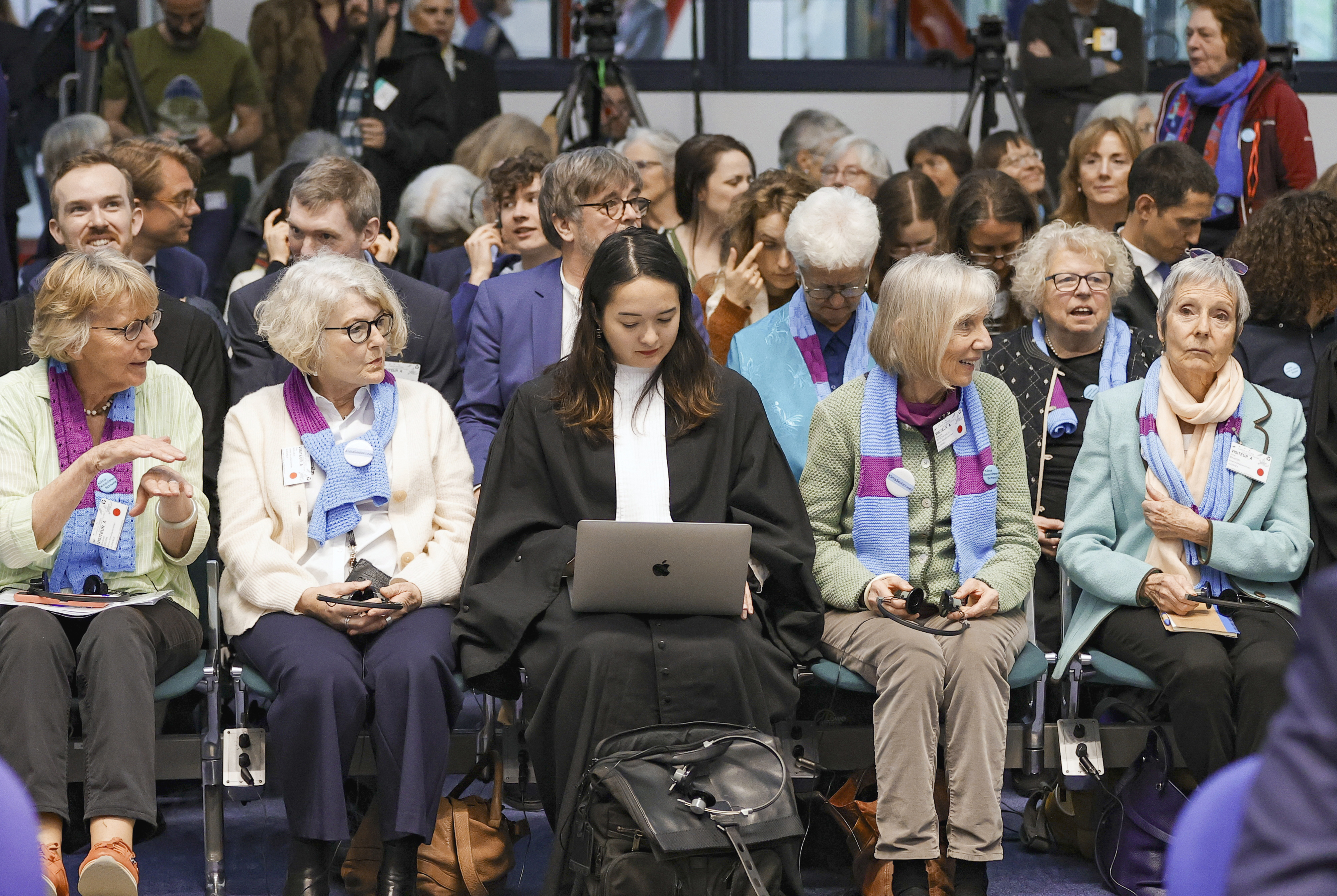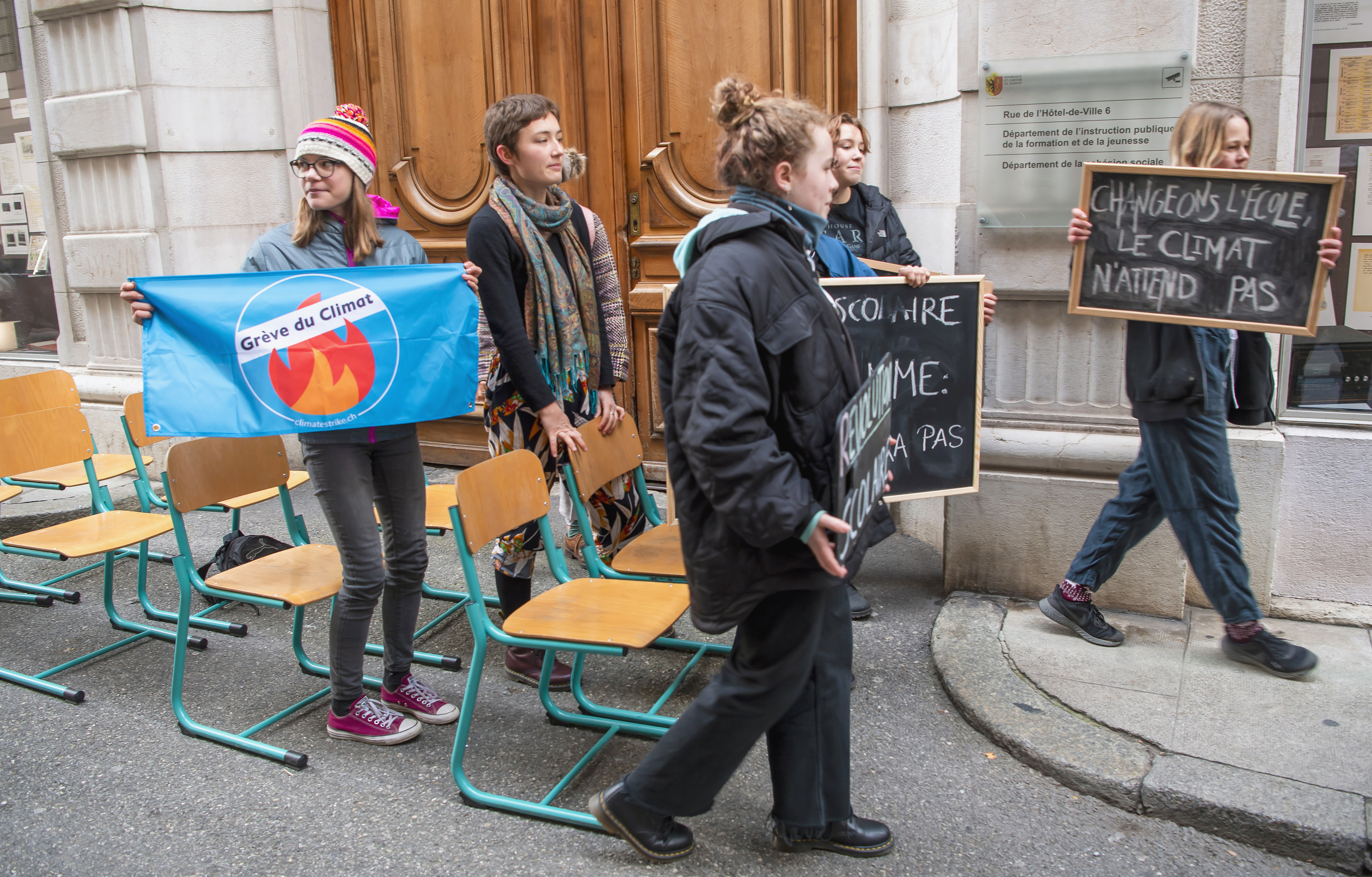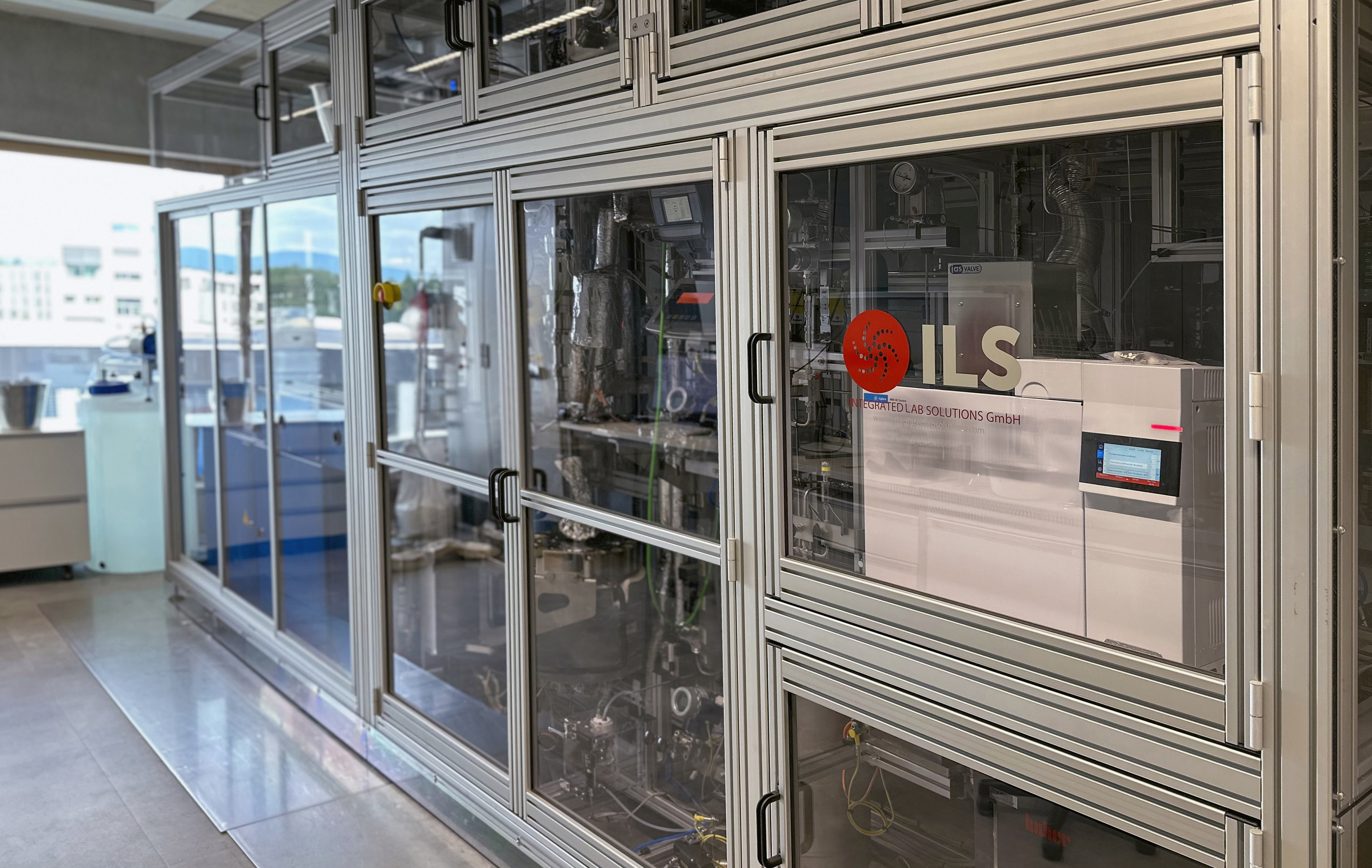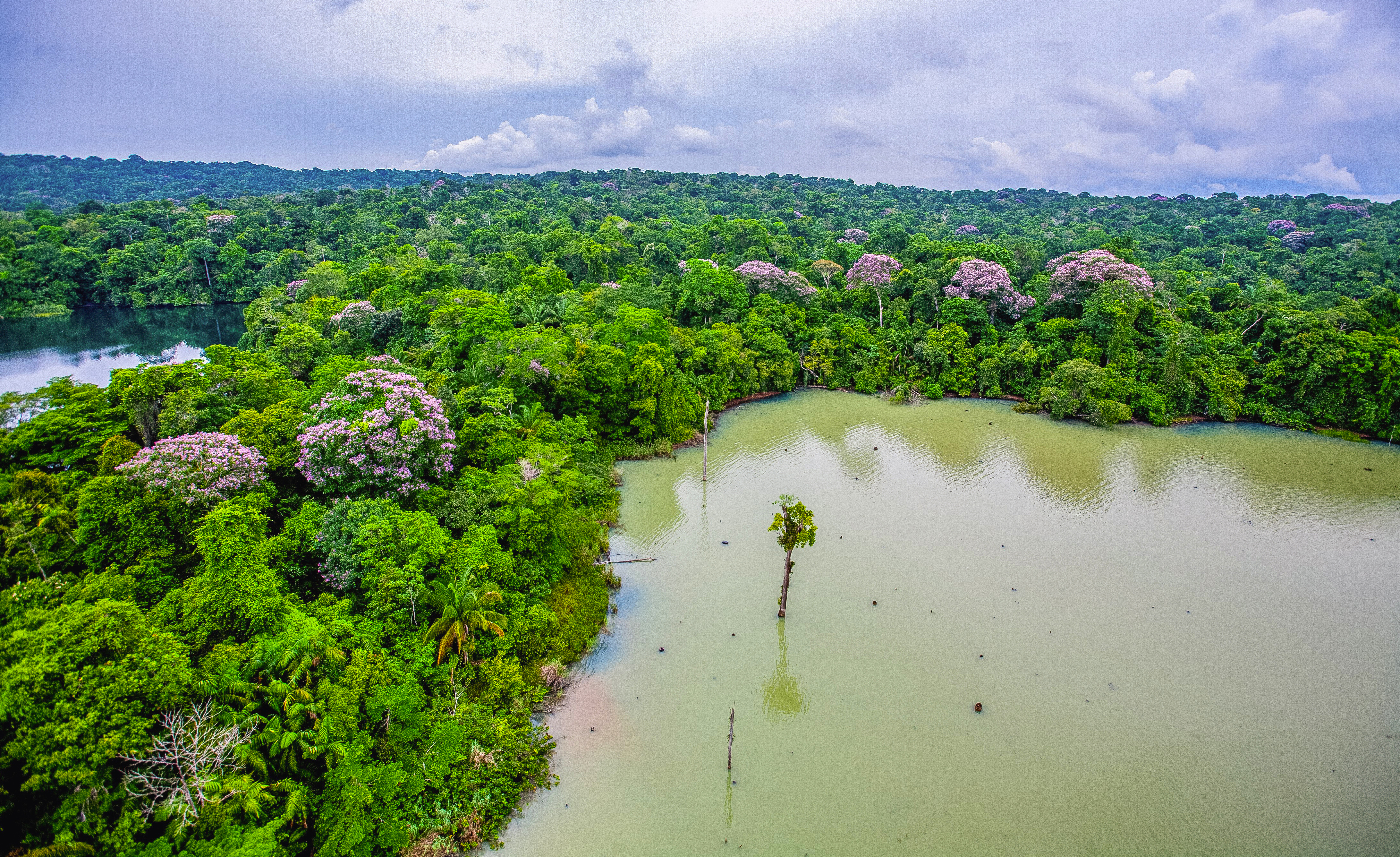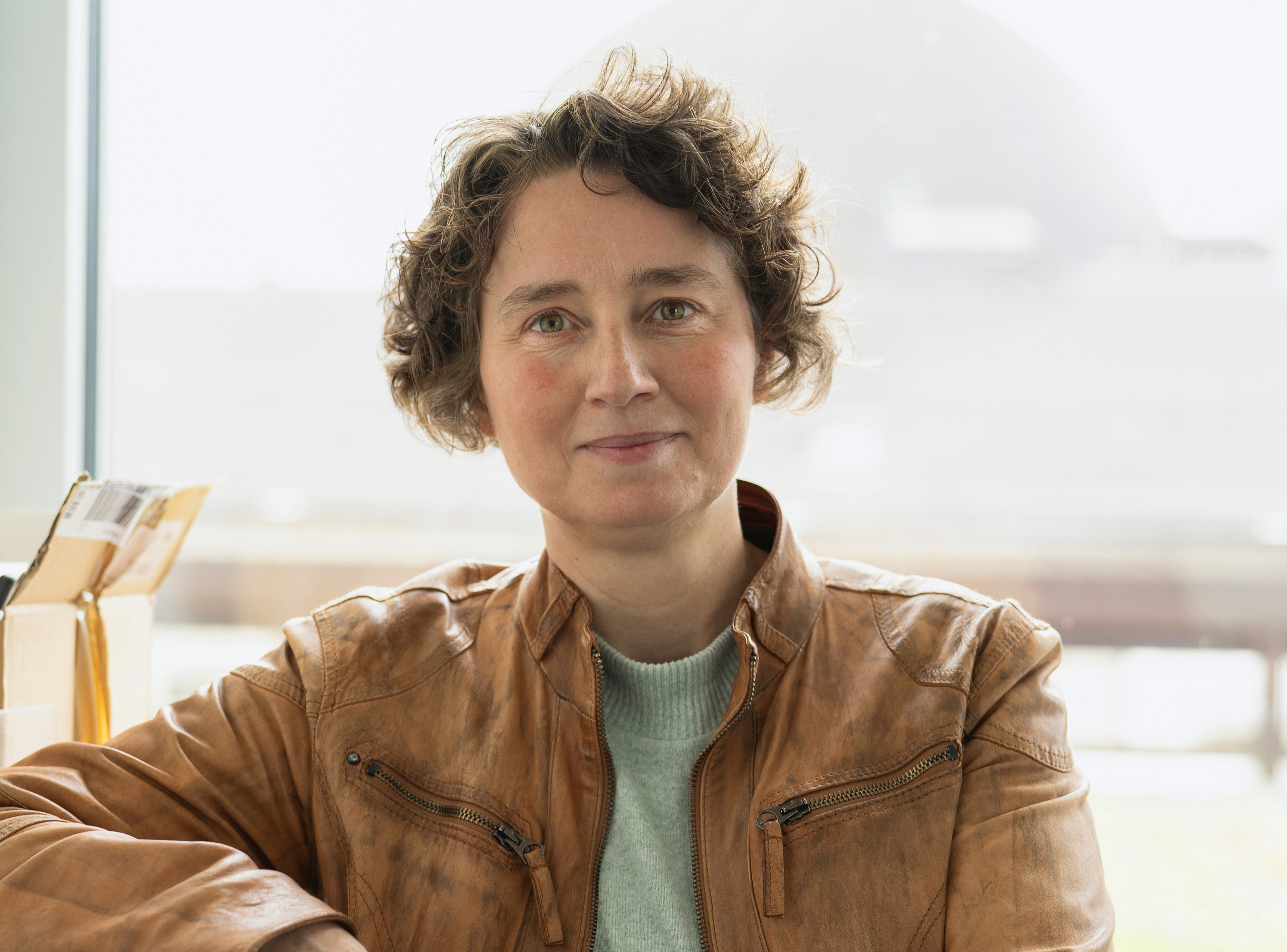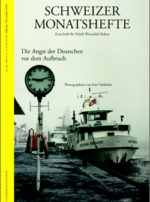
A Nuclear Fire to Ignite Prosperity
Nuclear energy is a boon to human progress equal in scope to the first time wood was set aflame. However, it is so demonized that it hasn’t been used to its full potential. The costs of this cannot be understated.
Lesen Sie die deutsche Version hier.
In the beginning, there was fire. Fire was arguably one of the earliest forms of technology. Picture it. The first Homo erectus to work out how to capture fire from a wild blaze, and then to use it to cook. Some early humans would have received this discovery with awe, even reverence, while others would have gotten burned – literally – and spurned it.
Two million years later we retain the same evolutionary propensity for fear of the new and the unknown. It arises in response to our immense potential for innovation and exploration. This is how fear of a vaccine or of GMOs comes about. Early humans, however, gave fire a chance all the same and discovered that it kept them warm, provided light, and warded off predators and flies. By creating calorie-dense foods through cooking, our brains grew bigger too. In short, fire enabled us to evolve into the people we are today.
Unleashing Plutonium’s Potential
This leads me to what we may call the discovery of fire 2.0: the splitting of the uranium atom. Nuclear energy comes from the binding energy that is stored in an atom and holds it together. To release this energy, the atom has to be split into smaller atoms. In nuclear power stations, the heat energy released by this process boils water to drive turbines to generate electricity.
This energy wields immense potential. Just as with fire, humanity learned to tame this incredible resource, to create an energy-dense fuel for humanity. It was a process of trial and error. Mistakes were made along the way. But the positive applications of this discovery massively outweigh the negatives. It means that our homes stay warm in winter, that vital equipment in our hospitals keeps running, and our lights stay on, without the lung- and heart-crippling air pollution caused by the fire we have used since ancient times. Over a million lives have been saved through the transition from coal power to nuclear energy, as the air became cleaner and less fossil fuel waste was stored in the Earth’s atmosphere.1
Nuclear fission has something else that fire doesn’t have. If we want to consume minimal resources for maximum productive output, we need to consider the importance of energy density. Nuclear reactors are fuelled with enriched uranium-235, the energy density of which is magnitudes larger than that of fossil fuels. A relatively miniscule amount of nuclear fuel can produce significant amounts of energy through fission. Nuclear power plants also have a relatively small land footprint per unit of electricity. They produce minimal waste, and only a small portion of that is highly radioactive. Spent fuel can also be recycled.
Humans are energy-hungry beings. We will always need more energy. As societies now seek to electrify, moving from diesel cars to electric vehicles, from gas boilers to heat pumps, and so on, more electricity will be required. As our reliance on virtual worlds grows, and applications of Artificial Intelligence become more commonplace, we are going to use more and more energy. Scientific research also requires vast amounts of energy, as does space exploration, and other endeavours that drive forward humankind. So the question is: Why hasn’t the world already transitioned to being nuclear-powered?
Hypocrisy and Hogwash
Many people assume that the reason societies turned against nuclear energy is because it is inherently dangerous and frightening. Yet, they continue to use nuclear medicine without questioning it, and have no such qualms about hydropower, which is much more deadly.2
Nuclear meltdowns have occurred, but these incidents have been capitalised upon by bad actors. Throughout nuclear energy’s history, few people have died from reactor meltdowns – and no one at all died from the radiation fallout at Three Mile Island or Fukushima. Although Chernobyl did amount to an estimated death toll of a few thousand people, this was due to deliberate Soviet-style mismanagement of the reactor, combined with a flawed reactor design which meant that the reactor was capable of exploding. The RBMK reactor used at Chernobyl is no longer produced anywhere, and those still in operation have been upgraded so that they cannot explode. Modern reactors are not capable of exploding.
However, Environmentalists afraid of nuclear weapons and funded by vested interests, misunderstood the technology, and used convincing messaging to help spread their fears. In some cases fossil fuel corporations gave large donations to environmental groups to protest nuclear energy, since they knew that nuclear could displace fossil fuels.
Spurred by their dislike of modern civilisation, activists willingly targeted nuclear power. Lies were told about the technology and myths were spread about its impacts on human and environmental health. Nuclear became the bogeyman, as it was conflated with the danger of nuclear weapons. A few countries escaped the power of these stories and powered forward with nuclear energy programs anyway, like France and Sweden, and now much of the East. But in the West many countries, like Germany and Belgium, were convinced by alarmist rhetoric and shut down their power plants.
Stories are powerful, and those that have been told about nuclear have loomed large for decades. The scare stories that hippy activists came up with in the 1960s were so compelling that they are still around today. They involve lies about waste – a solid by-product of nuclear power plants – and nuclear medicine which was depicted by Greenpeace and others as a green, goopy, acidic liquid. They convinced people that meltdowns would destroy the world and melt their families. They used fear to turn people against a life-saving technology.
Rarely have these narratives been countered. Scientists have tried to balance them by explaining the physics and engineering involved, but facts rarely overcome feelings. Activists concocted convincing scare stories about waste and radiation, and depicted apocalyptic futures that caught on with filmmakers. Myths were further fuelled by decades of pop culture depicting fantastical scenarios where directors and writers were able to fully indulge their apocalyptic fantasies by envisioning terrifying nuclear wastelands. Meanwhile, thanks to our continued reliance on fossil fuels, we are creating those imaginary fantastical wastelands on Earth.
Anti-nuclear activists, including some prominent politicians, such as Germany’s former chancellor Angela Merkel, continue to lie about the cost of nuclear power plants, construction times, the fact that it’s clean and low-carbon, and about wind and solar power being able to energise the world. Some activists even argue that the technology is inherently sexist.3
Yet data shows that in terms of the amount of deaths caused, nuclear energy is actually safer than wind and hydropower, and vastly safer than any fossil energy, once you factor in air pollution as well as deaths from accidents. In terms of accidents, consider the 1975 Banqiao Dam failure in China, under the influence of Typhoon Nina, where 26,000 people died in the floods, and an estimated 145,000 people later died from epidemics caused by contamination of the water and from famine. Estimates put the total death toll at more than 220,000 people. Over 10 million people were affected by the disaster. That’s more deaths from hydropower than from all of the nuclear meltdowns and accidents in history combined.
Hence, I often wonder what would have happened if the first humans who rejected fire had had their way. Would modern civilisation exist today or would we still be living in trees? In any case, humanity is at a crossroads once again: The decisions we make today regarding how society is fuelled, how we heat our homes and cook our meals, will have repercussions for generations to come. The power of the atom is a key solution to addressing climate change, poverty, air pollution and many other solvable issues. Yet, politicians have been closing functioning nuclear power stations, committing us to further decades of reliance on the fossil fuels that are harming our planet. There are all kinds of fictional stories about how bad nuclear power is, but the real problem lies in the continued fear of a technological marvel in a space-age era.
«I often wonder what would have happened if the first humans who
rejected fire had had their way. Would modern civilisation exist today or would we still be living in trees?»
Poverty equals energy poverty
As more nations are lifted out of poverty, they are able to set strong environmental standards that lead to better air quality, sanitation and other benefits. Thanks to this, many countries are naturally decarbonising without damaging their economies. Extreme poverty has been on a downward trajectory since the 1800s in the Global South and elsewhere, thanks to the Industrial Revolution and increased incomes, and ultimately thanks to economic growth. Therefore the argument that degrowth is needed to address climate change is a lie.
Following recent experiences of energy crises, people are increasingly realising that energy equals life. I believe that society is moving forward and getting ready to embrace the vision of a high-energy, low-carbon future. As more people are lifted out of poverty, they will also gain access to cheap electricity that will be a great equaliser. The power of the atom is within our reach. We need only step forward and grasp it.
«As more people are lifted out of poverty, they will also gain access to cheap electricity that will be a great equaliser.»
The pursuit of knowledge is at the heart of scientific inquiry. A vast amount of energy is needed to push the boundaries of what we know. For example, the Large Hadron Collider is the world’s most powerful particle accelerator. It seeks to understand the fundamental structure of matter. Its temporary shutdown due to the energy crisis is a stark reminder that the world needs abundant clean energy.
The argument that we should reduce energy usage is at odds with the reality of scientific and economic progress. Growth, discovery and exploration are part of who we are as a species. What can we discover if we invest in a high-energy, low-carbon future? What kind of future can we build? I want to know.
Pushker A. Kharecha & James E. Hansen. Prevented Mortality and Greenhouse Gas Emissions from Historical and Projected Nuclear Power. In: Environmental Science & Technology, 2013. ↩
Hannah Ritchie. What are the safest and cleanest sources of energy? In: Our World in Data, 2020. https://ourworldindata.org/safest-sources-of-energy. ↩
Femmes et nucléaire: et toujours le poing levé! In: Radio France, 30.03.2023. https://www.radiofrance.fr/franceinter/podcasts/la-terre-au-carre/la-terre-au-carre-du-jeudi-30-mars-2023-7336670. ↩
